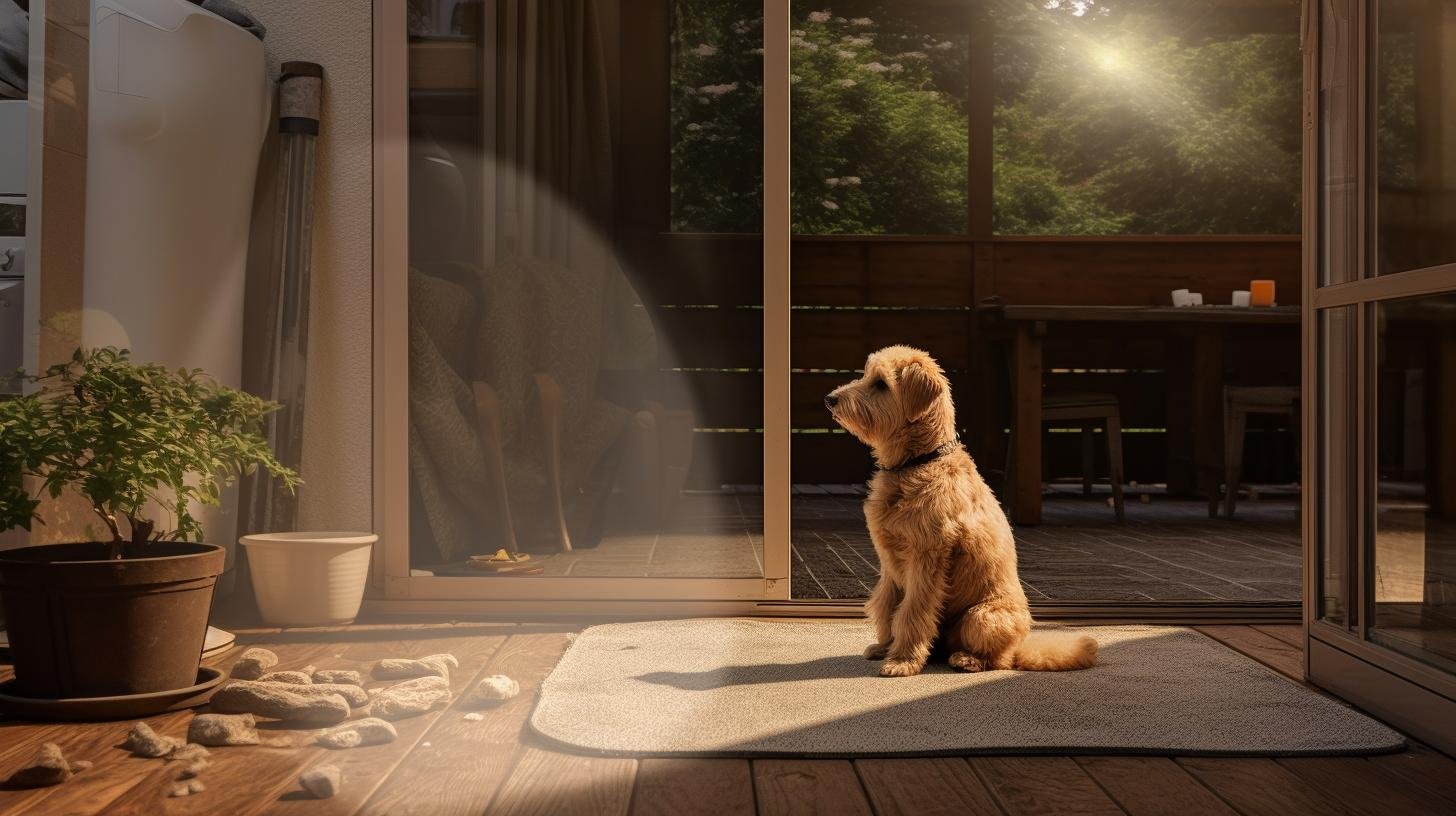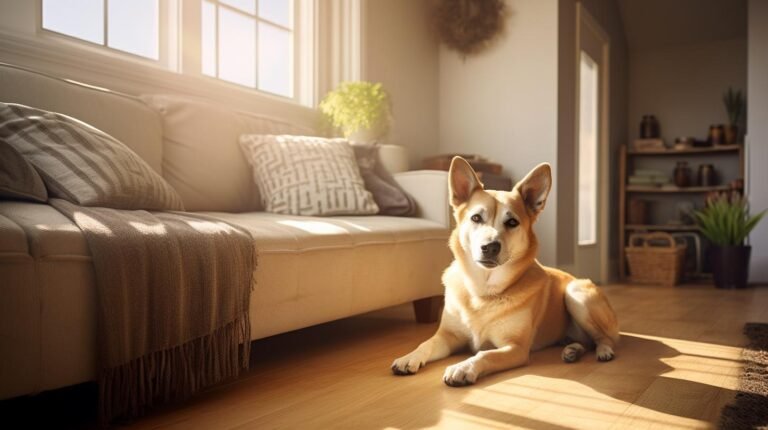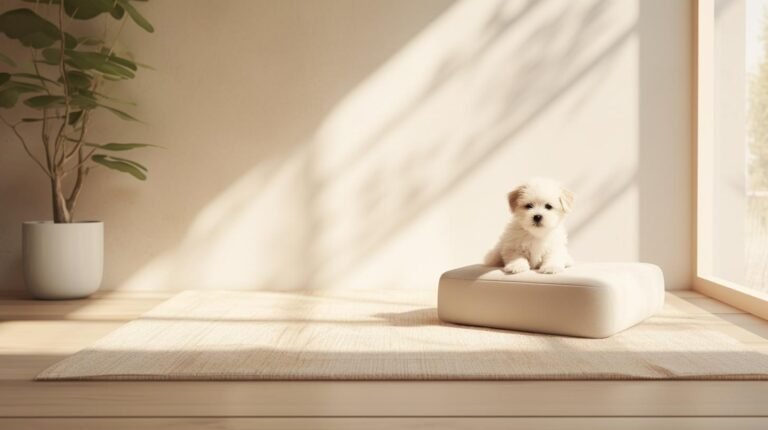Not many people know this, but dog pee pads are not the typical training tool for urination, but a tool that can make a difference in your dog’s life and your sanity. Yes, it’s true, we can teach good old Rover not only to know the difference between his toilet and your kitchen floor, but also to switch between indoors and outdoors as necessary.
The million-dollar question is: How can this be achieved? Let me share you a secret. Dogs are smarter than we give them credit for. Our furry companions have the ability to learn from different training techniques and adjust to new routines amazingly fast. In this article, we’ll explore the science behind pee pads and outdoor potty training, debunk some common myths, and equip you with all the knowledge you need to train your furry friend successfully.
First off, understand that dog pee pads are not a cop-out or a makeshift solution – they are designed to provide a controlled and non-stressful approach to housetraining. Particularly beneficial for puppies, older dogs, or dogs with health issues, pee pads can be a lifesaver for those dwell in apartments or work lengthy hours. The goal of using these pads is to transition gradually from indoor to outdoor urination.
An understanding of the dog behavior is crucial while training. Dogs instinctively don’t want to soil their sleeping or feeding areas. This primal instinct is your secret weapon. When you start training a puppy or an older dog, you want to take advantage of this natural disposition as much as possible.
Ready to get started? Let’s break this seemingly insurmountable task down into some manageable steps.
1. Choose Your Spot: To start with, choose a specific area inside your house where you want your dog to go. The location of the pad should be out of the way, with low foot traffic, and ideally, easy to clean.
2. Get Your Dog Used to the Pee Pad: Lay out the pee pad in the chosen spot and bring your dog to it a few times a day, using commands such as “go pee” to help them associate the spot with the action. Praise them when they successfully urinate on the pad to reinforce the behavior.
3. Slowly Transition to Outside: Once your dog is comfortable using the pee pad indoors, you can start moving the pad closer to the door over time, and eventually outside. The gentle pace of this process prevents any confusion or anxiety for your pet.
4. Keep Consistency: Make sure you always take your dog to the same spot outdoors. This will allow them to recognize the specific smell associated with their bathroom spot.
5. Maintain a Routine: Dogs thrive on habits. Feeding your dog at regular times each day will make its toilet habits predictable.
However, we cannot ignore that this process might come with setbacks. There may be ‘accidents’ and ‘unexpected surprises’. It’s vital to remember that punishment after the fact will not help. Instead, try to catch the behavior in the act, interrupt it (a sharp, but not too loud “no” often does the trick), and then immediately take them to the correct spot.
One of the more common myths surrounding pee pads is that they encourage dogs to relieve themselves inside the house. However, well-executed training actually teaches dogs exactly where it’s okay to go — whether that’s eventually outdoors, or on a pad in designated situations.
Ultimately, the secret to teaching a dog new routines lies in patience, persistence, and a hearty helping of positive reinforcement. When your pooch finally masters the art of switching between the indoors and outdoors for nature’s call, it’s not just an achievement for them but for you as well.
In conclusion, can you train a dog to use pee pads and go outside? Absolutely. With your affection, patience, and the right tactics, teaching your canine buddy when and where to relieve themselves is more achievable than you may have once thought.
Remember: every dog, like every human, is different. It might take some dogs longer to become comfortable with new routines, while others might adapt swiftly to changes. Move at a pace that suits your dog best. Eventually, you’ll get there. Happy training!



